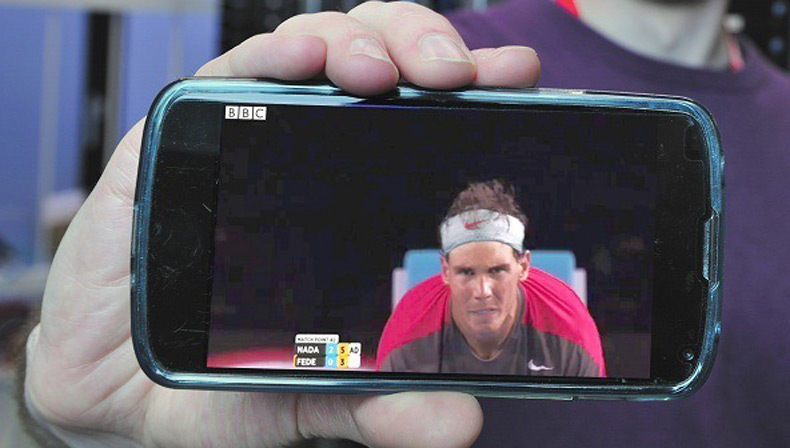Study: 4K to come to more mobile devices, but 'content will trail adoption'
A new report from ABI Research has predicted that Ultra HD 4K-capable mobile devices will total 478 million worldwide over the next five years, but it's thought that "services and content will trail adoption".

The premium end of the smartphone market is currently dominated by 2K or "quad HD" displays, but it is now expected that the latest generation of screens will start to increase.
However, ABI Research said that the availability of content – much like the case with 4K TV at the moment – is a notable barrier; content providers are expected to prioritise the delivery of content to TVs to begin with.
Senior analyst Michael Inouye said: "While mobile device components, such as processor, memory and in some cases batteries, are gearing up to handle 4K, network and infrastructure elements remain challenging.
"Content protection and data utilisation concerns are part of the issue, but consumers also have not demanded higher resolution video in adequate numbers for services to respond."
Practice director Sam Rosen added: "New connections like wired MHL 3.0 and wireless 802.11ad can help position mobile devices as a hub for streaming high-quality video and gaming to TVs.
"Qualcomm’s acquisition of Wilocity and push of 802.11ad could further encourage OTT companies and TV manufacturers to embrace the technology and bring high-res video to TVs via mobile devices."
MORE: Ultra HD 4K TV – reviews, news and everything you need to know
Get the What Hi-Fi? Newsletter
The latest hi-fi, home cinema and tech news, reviews, buying advice and deals, direct to your inbox.
Pete was content editor on What Hi-Fi?, overseeing production and publication of digital content. In creating and curating feature articles for web and print consumption, he provided digital and editorial expertise and support to help reposition What Hi-Fi? as a ‘digital-first’ title; reflecting the contemporary media trends. He is now a senior content strategist.
